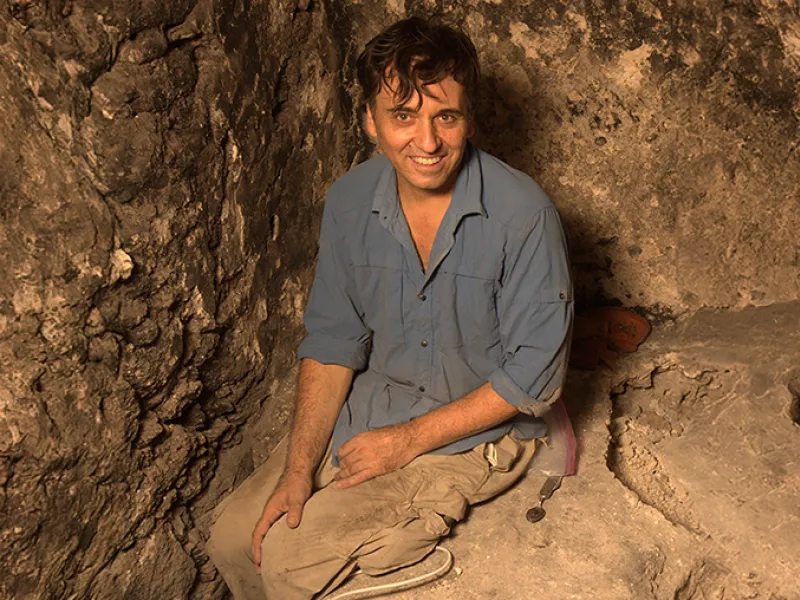
Education
Biography
Francisco Estrada Belli (Ph.D., Boston University), specializes in Maya archaeology, Remote Sensing and Geographic Information Systems. He is a fellow of the Society of Antiquaries of London and a National Geographic Explorer. He is the author of “The First Maya Civilization. Ritual and Power before the Classic Period” (Routledge, 2011) the first book on the origins of Maya civilization since 1977. He directs a multi-disciplinary archaeological project in the Holmul region of Peten, Guatemala, focusing on early developments of Maya civilization, human-environmental dynamics and Classic period political organization. He co-founded the Maya Archaeological Initiative, a non-profit organization that promotes research and youth education on Maya heritage. He is one of the co-directors of Guatemala’s Pacunam Lidar Initiative, the largest archaeological survey ever undertaken in the Maya lowlands.
Selected Publications
Canuto, M. A., F. Estrada-Belli, T. G. Garrison, S. D. Houston, M. J. Acuña, M. Kováč, D. Marken, P. Nondédéo, L. Auld-Thomas, C. Castanet, D. Chatelain, C. R. Chiriboga, T. Drápela, T. Lieskowský, A. Tokovinine, A. Velasquez, J. C. Fernandez-Diaz and R. Shrestha
2018 Ancient lowland Maya complexity as revealed by airborne laser scanning of northern Guatemala. Science (September):tba.
Estrada-Belli, Francisco
2011 The First Maya Civilization: Ritual and Power before the Classic Period. Routledge, New York.
2006. Lightning Sky, Rain Gods and Maize: the Ideology of Preclassic Maya Rulers at Cival, Guatemala. (2006) Ancient Mesoamerica 17(1): 57-78.
Estrada-Belli, F. and A. Tokovinine
2016 A king's apotheosis: iconography, text, and politics from a classic Maya temple at Holmul. Latin American antiquity 27(2):149-168.
DOI: https://doi.org/10.7183/1045-6635.27.2.149
Estrada-Belli, Francisco, Alexandre Tokovinine, Jennifer Foley, Hurst Heather, Gene Ware, David Stuart and Nikolai Grube
2009 A Maya Palace at Holmul, Peten, Guatemala and the Teotihuacan 'Entrada': Evidence from Murals 7 and 9. (2009) Latin American Antiquity 20(1):228-259.
DOI: https://doi.org/10.1017/s1045663500002595
Wahl, David, Francisco Estrada-Belli and Lysanna Anderson
2013 A 3400 year paleolimnological record of prehispanic human-environment interactions in the Holmul region of the southern Maya Lowlands. Palaeogeography, Palaeoclimatology, Palaeoecology 379-380(2013):17-31
DOI: https://doi.org/10.1016/j.palaeo.2013.03.006
Media Links
2013. Giant Maya Carving Found in Guatemala. National Geographic News
https://www.nationalgeographic.com/adventure/article/130807-maya-frieze-discovered-holmul-guatemala-archaeology
2016. Secret Maya tombs lend insights into rule of mysterious ‘snake’ kings.
https://www.theguardian.com/science/2016/oct/14/mayan-tombs-snake-kings-holmul-guatemala
2018. Laser Scans Reveal Maya "Megalopolis" Below Guatemalan Jungle. National Geographic Society.
https://www.nationalgeographic.com/history/article/maya-laser-lidar-guatemala-pacunam

